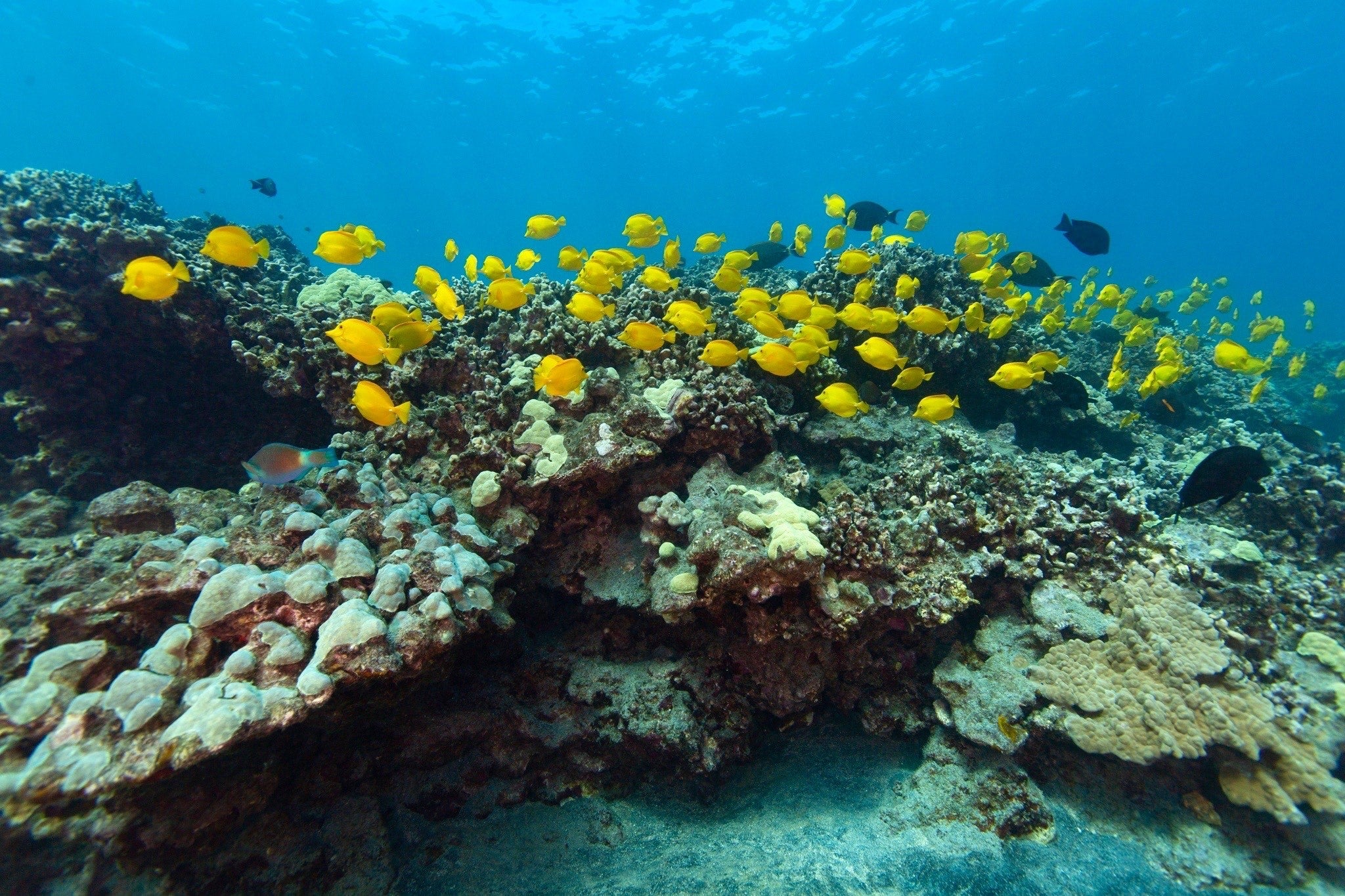Hawai‘i Land Board Rejects Aquarium Pet Trade Yet Again
Impact statement for O‘ahu falls short of state law requirements, Board says
Contact
Late yesterday, the State of Hawai‘i Board of Land and Natural Resources rejected an environmental impact statement (EIS) aimed at reopening the aquarium pet trade on O‘ahu. Last year, the Board rejected the aquarium industry’s initial EIS to reopen aquarium collection in West Hawai‘i for many of the same reasons, including a lack of scientific basis for the industry’s position that commercial aquarium collection is a sustainable long-term enterprise.
“This O‘ahu EIS relied on the same skewed methods used in West Hawai‘i, and on top of that, tried to shoehorn an entirely new proposal into a final EIS to escape environmental review,” said Earthjustice attorney Mahesh Cleveland. “We applaud the Board for upholding the law by rejecting this procedurally and scientifically flawed document.”
Compared to the industry’s draft EIS, the final EIS proposed a significant increase in the take of marine life and a massive take of species that were not assessed in the draft.
The Board concluded that the O‘ahu EIS failed to disclose the true environmental and other harms of commercial aquarium collection, as required by law. Board members noted that the new action proposed had not been included for public review and comment in the initial draft EIS, and further noted major deficiencies in the trade’s cultural impact assessment.
“Going back to the drawing board was the only option for this EIS,” said Rene Umberger, executive director of For the Fishes. “The lack of any analysis for Kāne‘ohe Bay, which already experiences the heaviest collection pressure, was an egregious omission. The industry’s plan allowed for take of nearly 293,000 fishes and invertebrates every year from Kāne‘ohe Bay or any other area around O‘ahu. Hawai‘i’s unique places and communities deserve better.”
“O‘ahu’s reefs are in crisis,” said Maxx Phillips, the Center for Biological Diversity’s Hawai‘i director and staff attorney. “Our reefs are the lifelines of our ocean. They put food on our families’ tables, provide habitat for a myriad of endemic species, and shelter our islands from ever increasing storms and sea-level rise. There is no place for the industry’s false narrative, skewed analysis, or outdated science in the fight to protect Hawai‘i for generations to come.”
“To restore the beauty and abundance of our reef, reef wildlife, and our ocean ‘ohana, the people and agencies must work hand in hand for the greater good of Hawai‘i,” said Kealoha Pisciotta of Kai Palaoa. “I am thankful the Board did not bend under pressure from the aquarium industry, and listened again to the voices of our people.”
O‘ahu was once the epicenter of the Hawai‘i aquarium pet trade. When overfishing caused the collapse of O‘ahu’s nearshore fishery in the 1980s, the trade largely relocated to West Hawai‘i, but the industry has nevertheless maintained a presence on O‘ahu. Currently, commercial aquarium collection is prohibited statewide under a variety of court orders and injunctions, pending proper completion of the legally required environmental review process.

Additional Resources
About Earthjustice
Earthjustice is the premier nonprofit environmental law organization. We wield the power of law and the strength of partnership to protect people's health, to preserve magnificent places and wildlife, to advance clean energy, and to combat climate change. We are here because the earth needs a good lawyer.